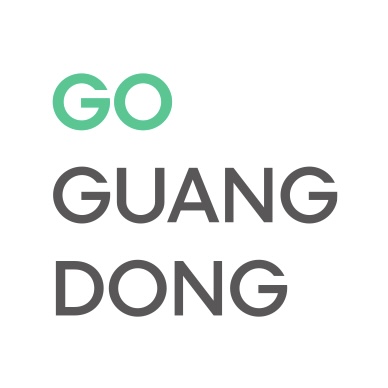GO Guangdong Route:
Luofu Mountain→Xutian Village→Lanmen Village (Area)
When driving or cycling along the "Most Beautiful Tourist Highway" in Boluo County, Huizhou City, a mesmerizing panorama unfolds before your eyes: the mist - shrouded main peak of Luofu Mountain, ancient banyan trees that are over a thousand years old, and bamboo forests stretching across thousands of acres. The highway connects ancient villages with blue - brick walls and black tiles, as well as new homestays offering breathtaking views of mountains and waters.
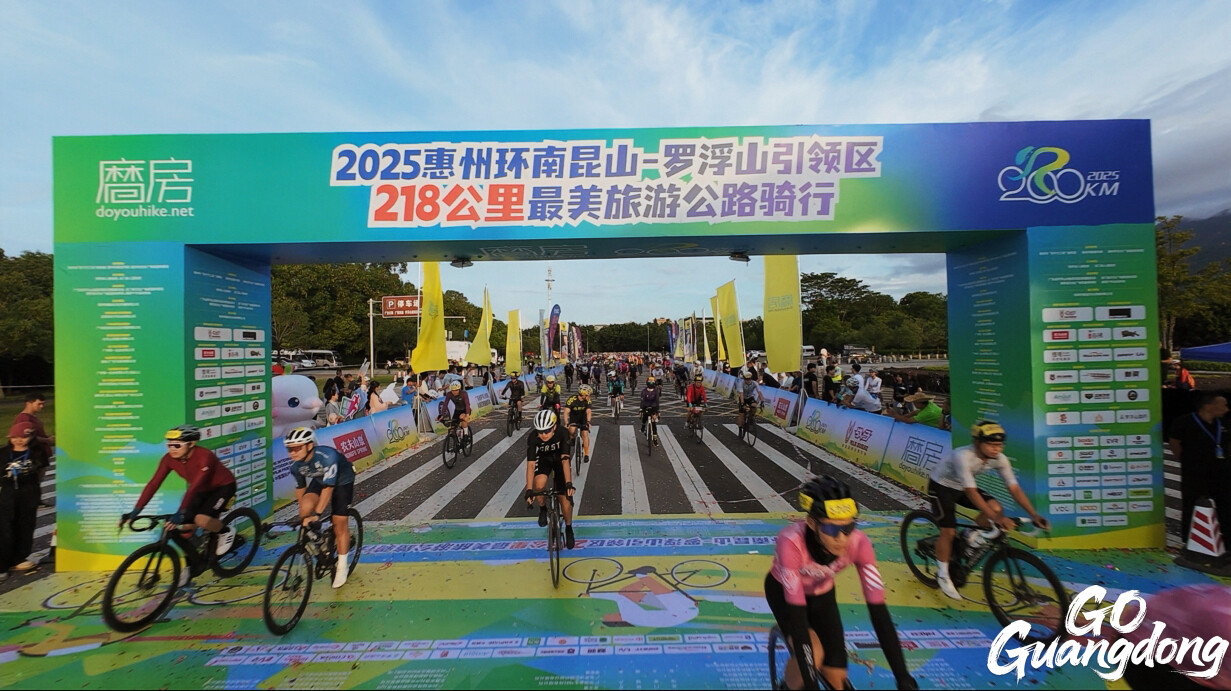
On June 29, 2025, 3,000 cyclists conquered #Huizhou's 218km scenic highway, passing through the misty peaks of Nankun and Luofu Mountain.
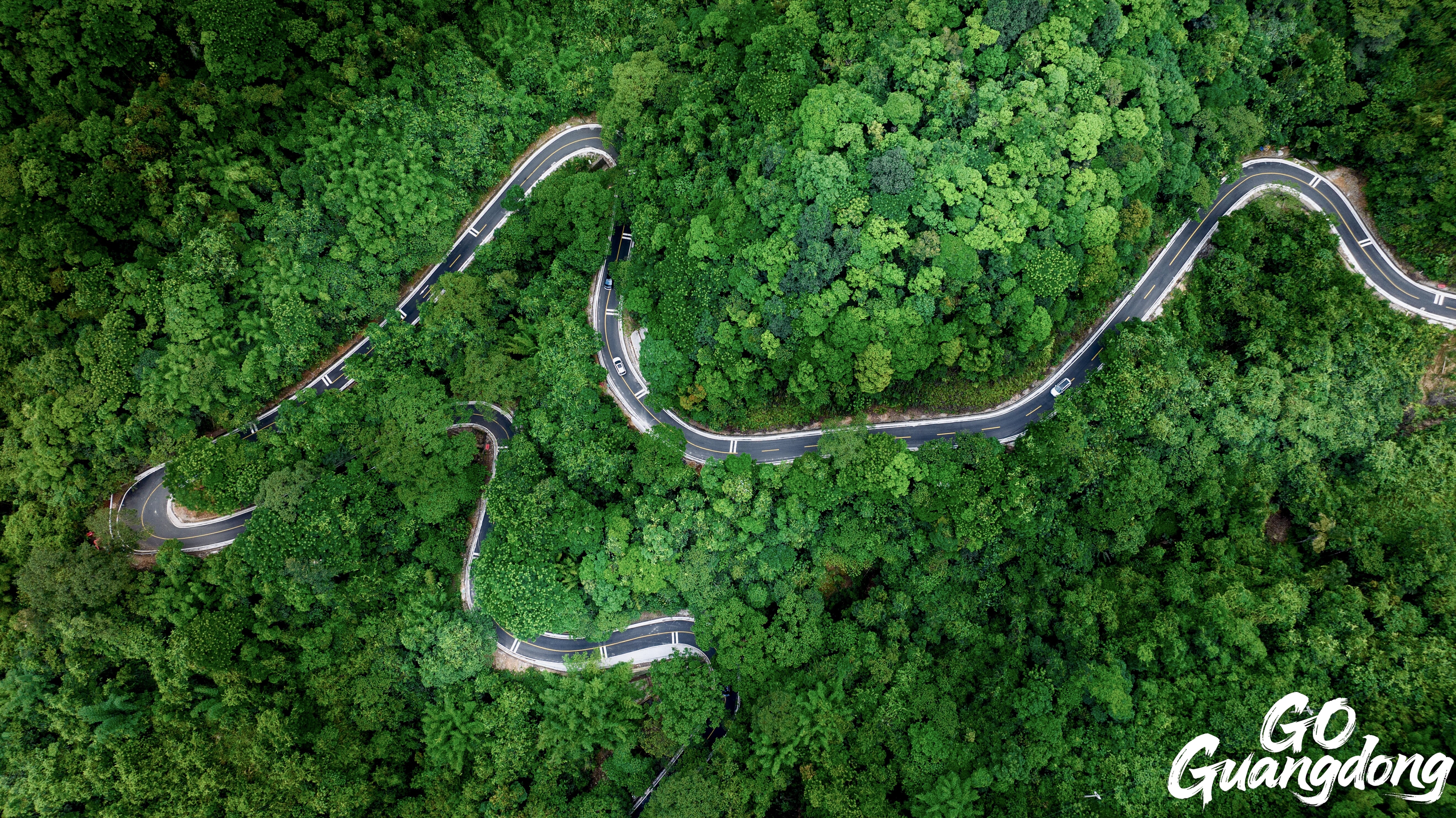
An aerial view of Huizhou's "Most Beautiful Tourist Highway" (Boluo Section)
Luofu Mountain: Lush peaks provide an incredible spot for cycling and self-driving
At the first light of dawn, as the sun begins to rise, the Feiyunding Peak on Luofu Mountain is enveloped in a swirling sea of clouds. Luofu Mountain is a treasure trove of natural wonders, including mountains, rivers, springs, waterfalls, ponds, caves, and forests. From an aerial perspective, it resembles a vast expanse of greenery, adorned with luxuriant vegetation and clusters of ancient trees. With a forest coverage rate exceeding 70 percent, it is rich in vibrant ecological resources.
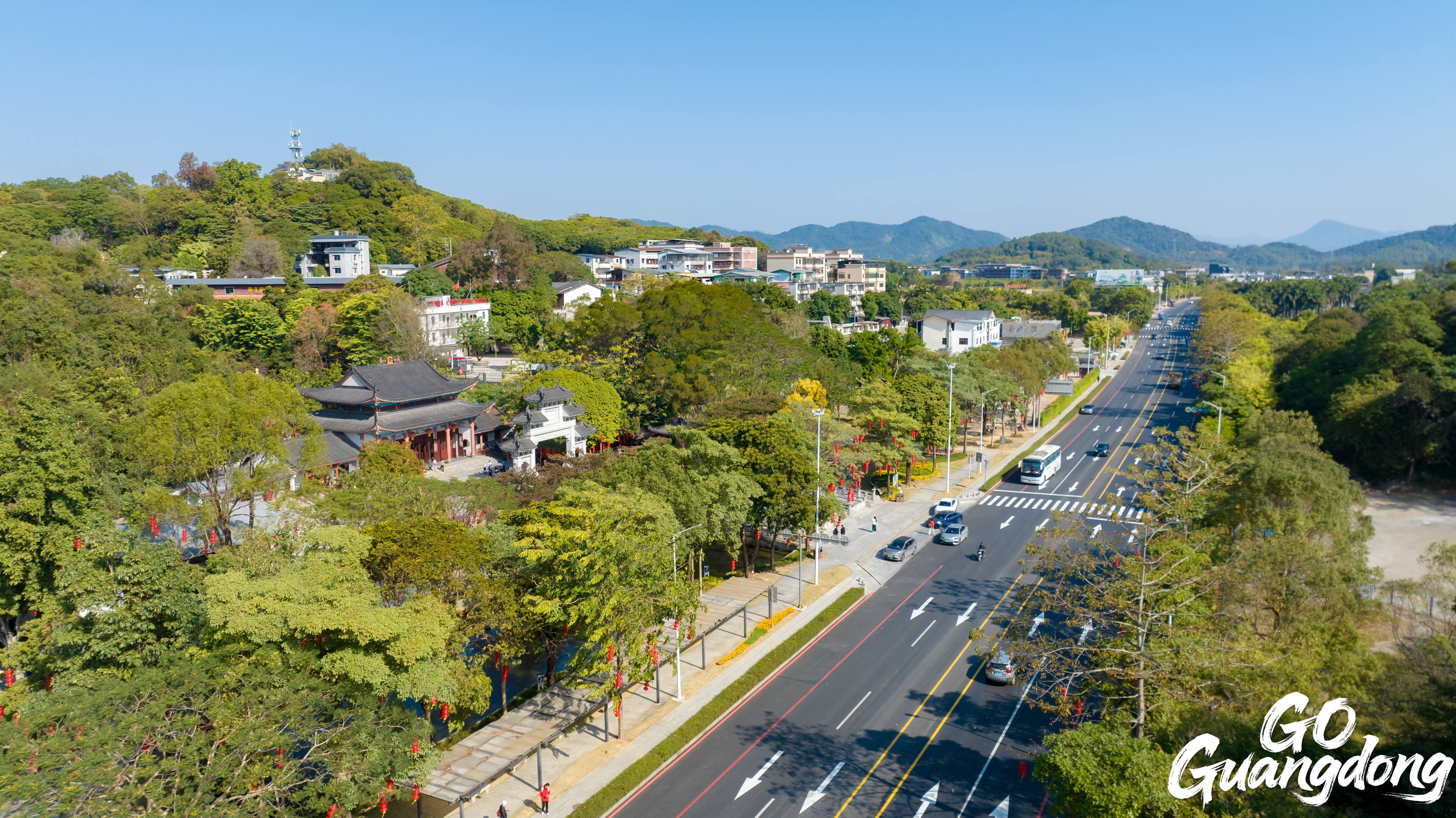
Huizhou's "Most Beautiful Tourist Highway" (Boluo Section)
This expanse of green is also a haven for forest-based economies and Chinese herbal medicine. As the folk song goes, "Luofu Mountain has eighteen facets, each with its own treasures." Since ancient times, Luofu Mountain has been recognized as the "Treasure House of Chinese Herbal Medicine" and the birthplace of Lingnan Traditional Chinese Medicine Culture. Statistics show that there are as many as 1,240 species of natural medicinal plants growing in and around Luofu Mountain, including rare species under national protection.
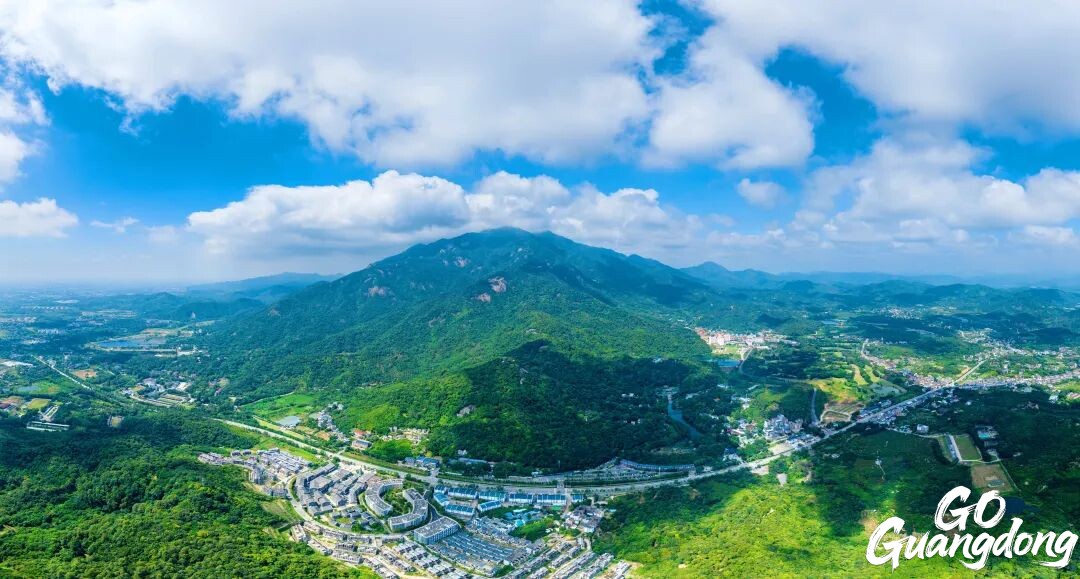
Luofu Mountain is known for its rich medicine resources.
At the foot of Luofu Mountain lies the shimmering Dadong Reservoir. A 7-kilometer lakeside greenway winds through the mountains and waters, connecting wetlands, forests, and farmlands to form a complete ecosystem. This area has become a popular spot for cycling and hiking enthusiasts.
Xutian Village: Reviving Hakka heritage through cuisine, martial legacy, and eco-tourism
Xutian Village is rich in Hakka culture, with the Hakka dialect as the primary language spoken. With the exception of a few families in the Lanmen area, most of the Xutian villagers are surnamed Xu. Local Hakka specialties feature a variety of delicious dishes, such as the jicama feast, salted goose, roasted pork, Xutian Zongban (glutinous rice cake wrapped in bamboo leaves with sweet or salty fillings), and stuffed tofu.
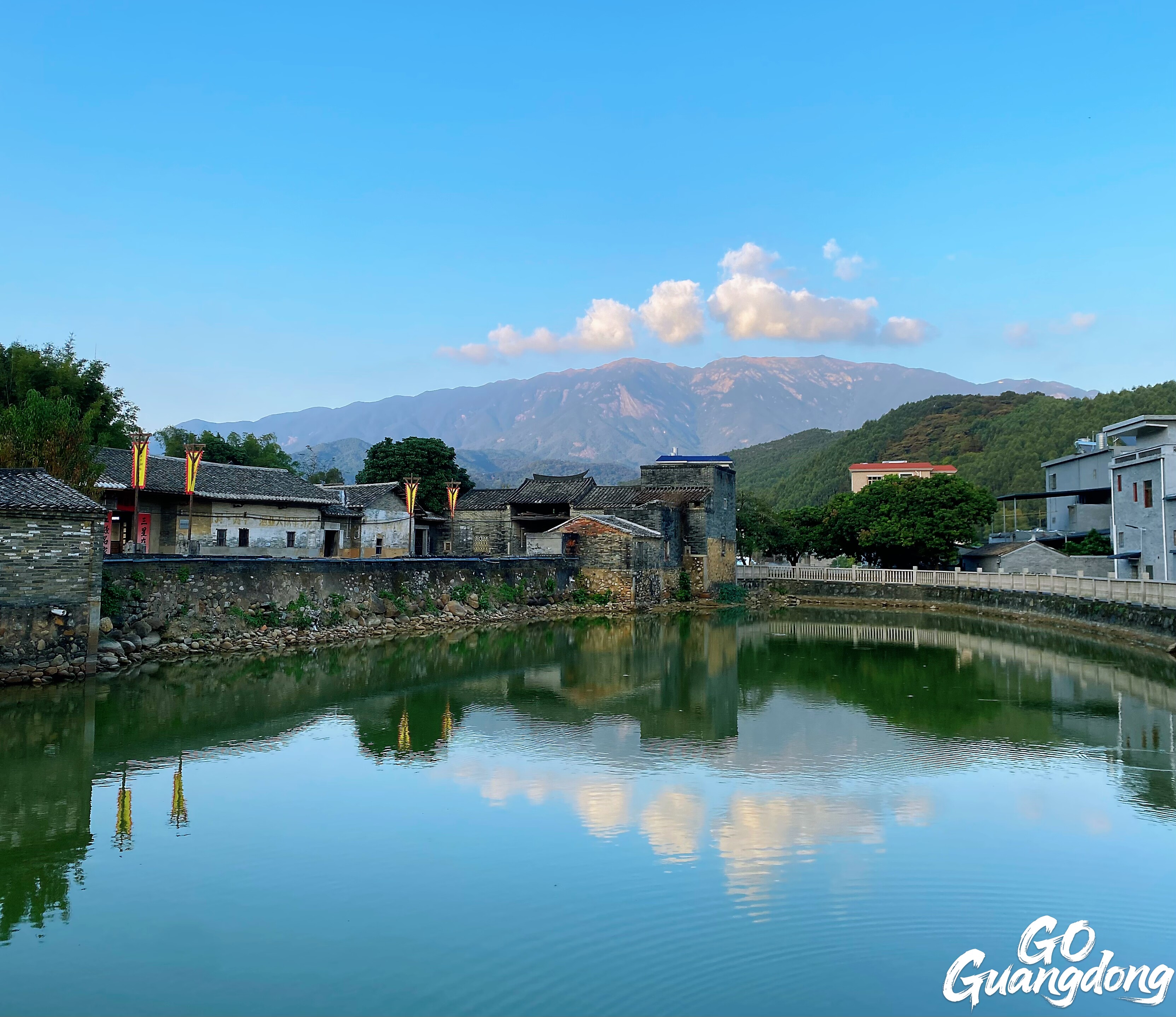
Xutian Village preserves traditional ancient buildings.
The martial culture is a distinctive characteristic of Xutian Village. Throughout its 300-year history, the village has been home to 17 military officials. The village preserves representative examples of traditional ancient architecture, and each of these buildings is constructed against the mountains and surrounded by bamboo forests, offering a serene and elegant environment. The houses are interconnected by corridors and arranged in neat, symmetrical rows, fully reflecting the architectural characteristics of ancient Lingnan residences from the Ming and Qing dynasties.
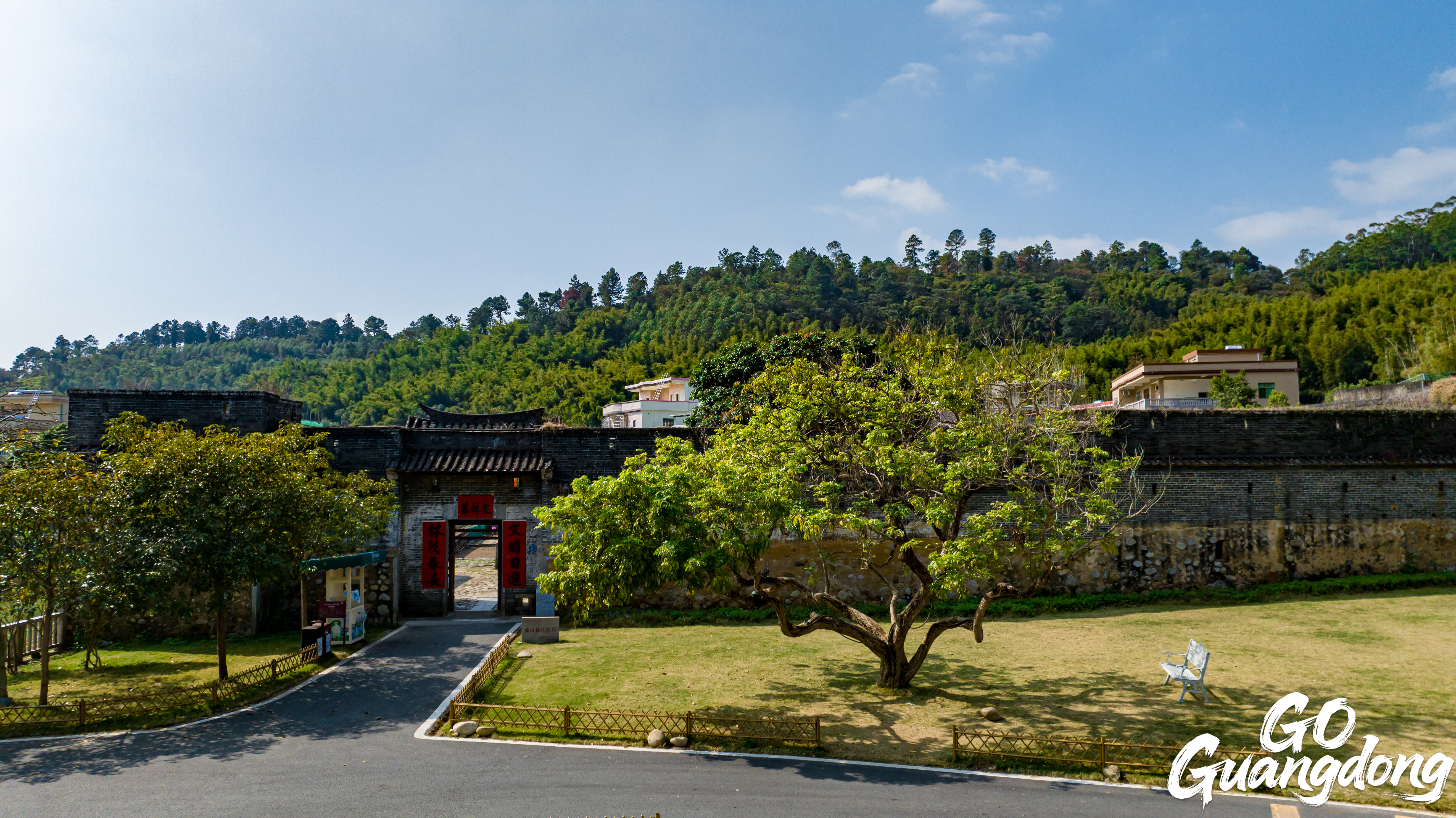
Xutian Village
There are six farm-stay restaurants in the village where visitors can savor special eco-friendly cuisine and traditional Hakka dishes. Guests can also enjoy camping, bonfire barbecues, and singing, enjoying a slow-paced lifestyle.
Lanmen Village (Area): Historic village draws global attention with renovation project
The Lanmen Village (Area) is the only group in Xutian Village with the surname Zeng. In the late Emperor Kangxi period of the Qing Dynasty, the ancestors of the Zeng family moved here and have been residing in the village for 300 years. All the villagers in the Lanmen Area are of Han ethnicity but speak the Hakka dialect. Agriculture is the primary industry, with rice being the primary crop.
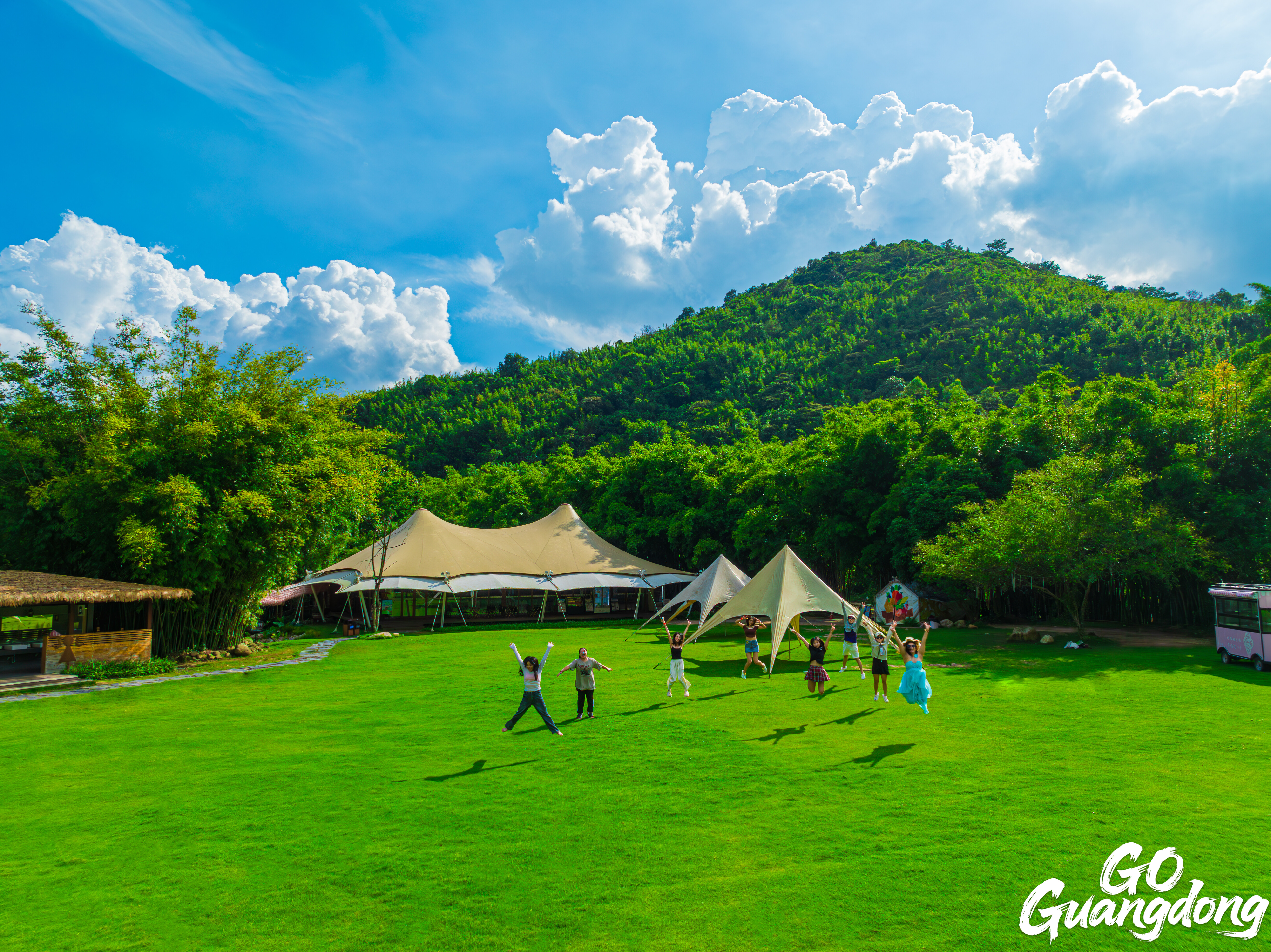
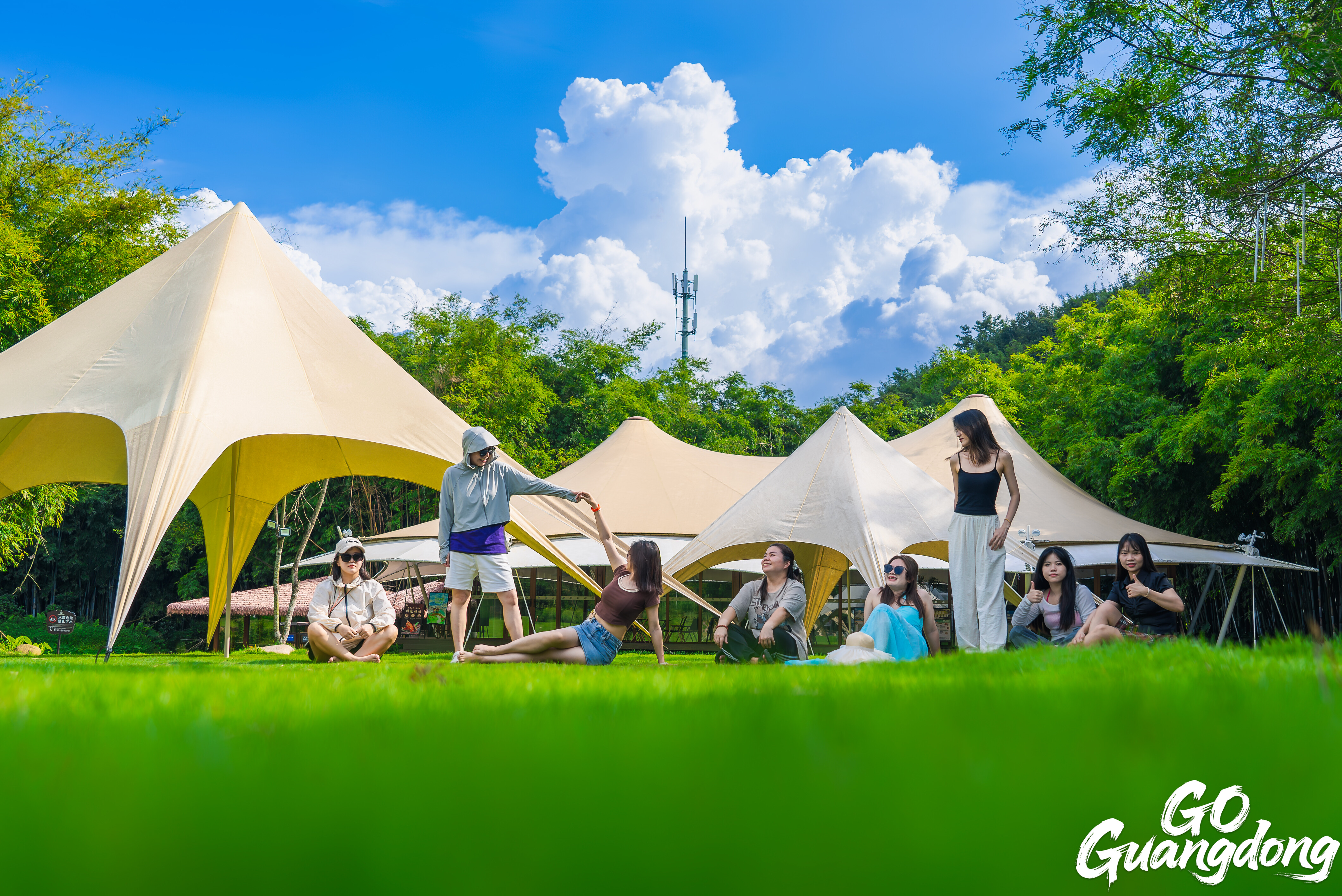
Tourists enjoy their vacation in Lanmen Village.
As early as the 1980s, population growth and geographical constraints prompted villagers to gradually relocate. The houses built in the 1940s and 1950s had been uninhabited for over 30 years, which led to the depopulation issue. Subsequently, social capital was introduced, which rented the land for 30 years to transform it into a wellness-focused and leisure-tourism homestay village.
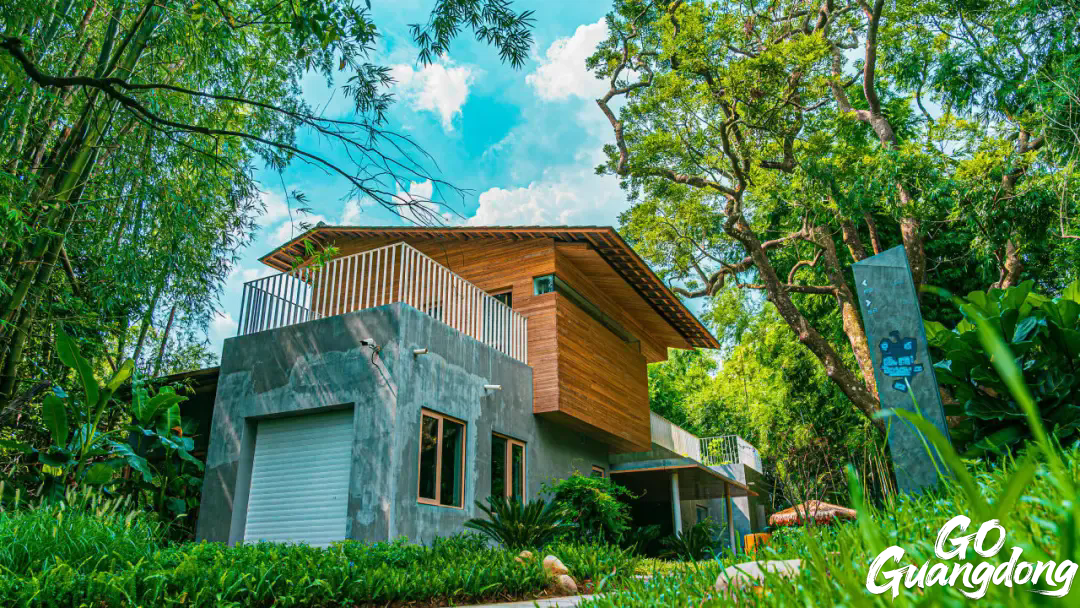
Lanmen Village Homestay creates job opportunities for villagers, boosting local income.
Among them, Lanmen Village Homestay is a popular choice. The homestay is divided into accommodation quarters, a farming zone, a livestock area, and lawn-tent-restaurant spaces, covering an area of about 29.32 acres. It has driven the increase in the village’s annual rental income by approximately 150,000 RMB and has encouraged over 50 migrant villagers to return home for employment and entrepreneurship opportunities. New businesses such as campgrounds and container bars have been created, boosting the overall level of rural tourism in Xutian Village. Since its operation, the homestay has attracted 340,000 tourists and generated an operating income of 26.9 million RMB.
In 2024, the New Life for Old Village - Huizhou Lanmen Village Renovation Project won three international awards, namely the Winner of Commercial Adaptive Reuse Projects of Architizer A+ Awards in the United States, the Winner in Architecture/Refurbishment of DNA Design of the Year in Paris, France, and the Winner of the BLT Built Design Awards in Switzerland.
Reported by Zhou Hongdou
Edited by Yin Juewen
Photo by 博罗县融媒体中心



